Summer Safety Tips For Your Pets.
Summer can be a great time to bond with your pet. But higher temperatures also mean higher risks for our furry companions – more injuries, more skin and ear infections, and the possibility of heat stroke. Pets do not sweat in the same way humans do and can easily become overheated. To avoid this problem and enjoy the summer season with your pet, keep these tips in mind.
Doggo Dehydration
Water is essential to ensure your dog’s body operates optimally. The combination of hot weather and a lack of shade – or hot weather and a walk (even a short one) – can turn a happy dog into a parched pooch.
Common signs of Dehydration
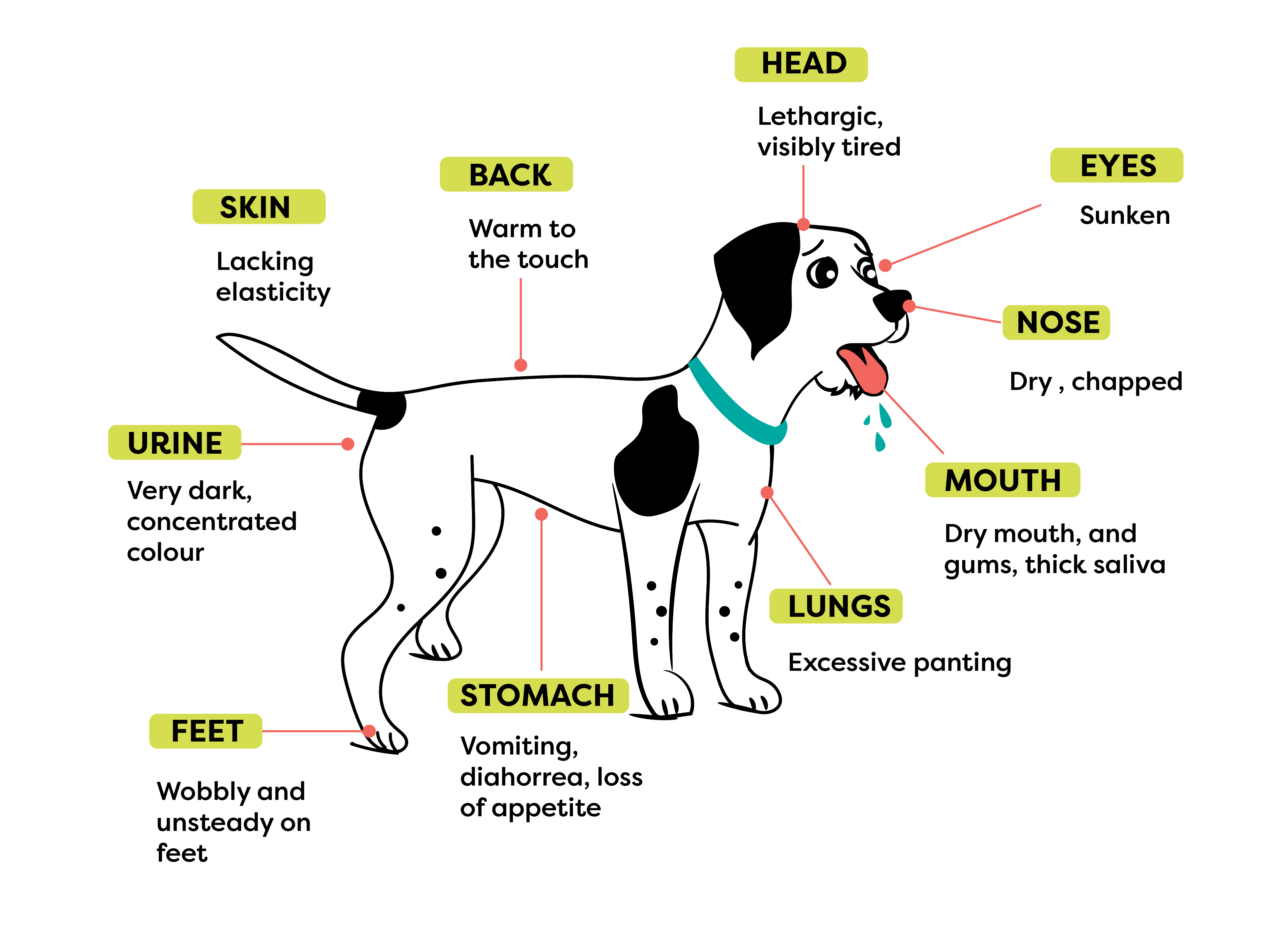
ON WALKS AND DAY/HOLIDAY CAR TRIPS, TAKE:
Extra water and a collapsible bowl, or plastic container. Extra precautions (i.e. medication) if you have a car-sick pooch. Vomiting in hot weather can quickly lead to doggie dehydration.
AT HOME, ENSURE THEY HAVE:
A constant supply of water – Is their bowl big enough to last a full day when you’re at work? Plus a shady spot – one that remains in the shade all day.
Heat Stroke
If you’re out working with your dog in hot weather, keep a close eye on them especially if they seem to be panting and/or drooling excessively, or refuse to walk further. Should this happen, they may be overheating. Left unchecked, this can quickly lead to an even more sinister condition – heatstroke.
Dog heatstroke occurs when they can no longer regulate their body temperature. It’s a really serious condition that can cause organ failure, seizures, brain damage and even death. Once your dog reaches this stage, quick medical attention is a must.
The most effective means for a dog to expel excess heat is panting, which moves cool air through the nasal passages and around the body. If a dog doesn’t have access to cool air – either because of high outside temperatures or a confined environment – they are at risk of overheating.
SERIOUS SYMPTOMS OF DOG HEATSTROKE
1. Very heavy panting
2. Thick saliva
3. Limb weakness
4. Collapsing
5. Losing consciousness
6. Confusion
7. Diarrhoea
8. Vomiting
WHAT TO DO:
If your dog shows signs of overheating (excessive panting, slowing down and/or refusing to walk further):
1. Get them out of the sun
2. Offer them water
3. Use a damp towel or cool water to wet their body
If they don’t seem to be recovering and/or exhibit any of the more serious symptoms above, get them to your local Fur Life Vet ASAP.
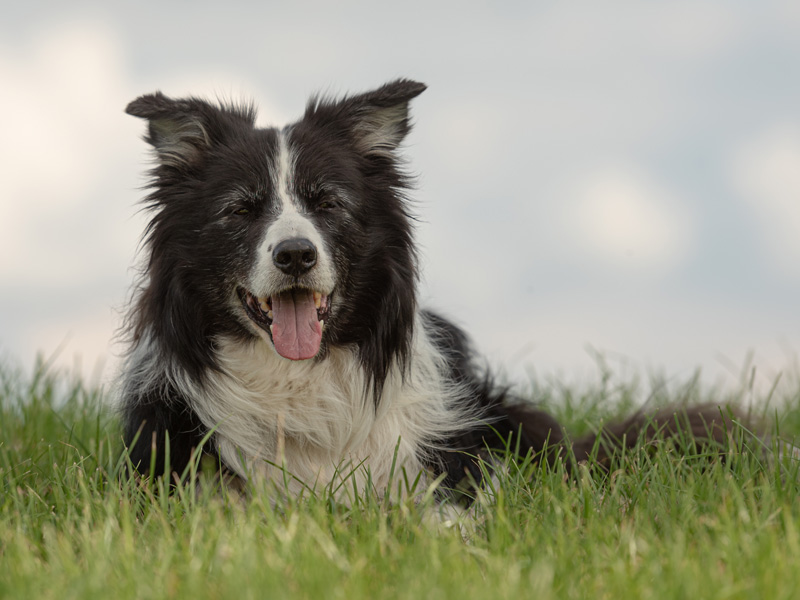
Doggos get sunburnt too!
Doggos can get sunburnt just like we do, particularly if they are pale-coloured or have thin hair. Their noses, ears and belly are particularly susceptible.
APPLY DOG FRIENDLY SUNSCREEN
You can use sunscreen but it must be safe to ingest as it’s likely your dog will try to lick it off! There are specific dog sunscreens on the market for this purpose.
NOTICE THAT YOUR DOG IS SUNBURNT?
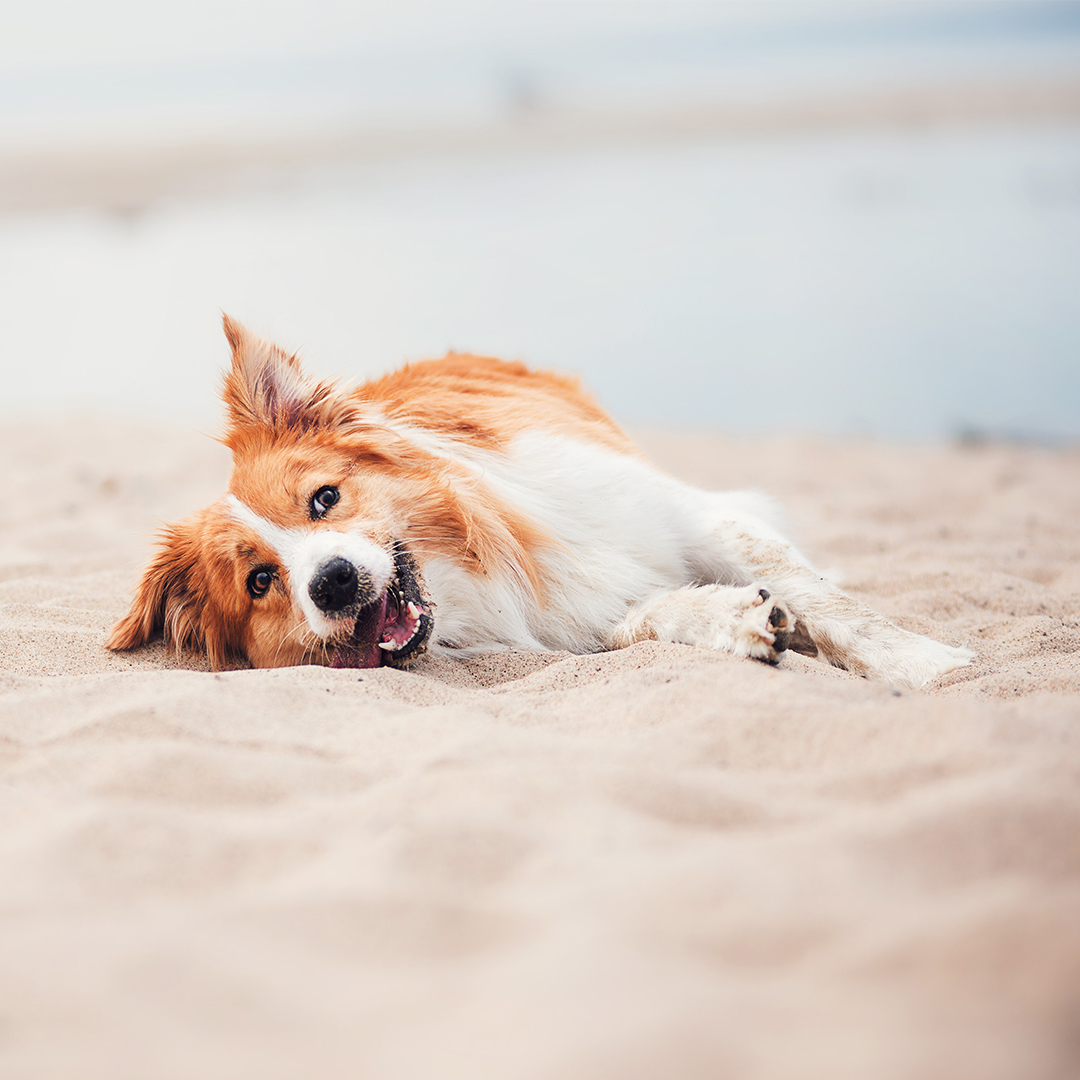
In addition to providing your dog with access to shade and hydration during the summer months, sunscreen should be part of your warm-weather care routine.
WHAT TO DO INSTEAD
1. Avoid going for walks in hot weather – wait for a cooler time, i.e. evenings
2. Slip your shoes off and test the ground temperature
3. Take note of changes in terrain – it may mean a temperature shift. Walk in the shade
4. Carry your dog across hot sections if need be
PAW BURNS
It’s easy to think your pooch’s paws are pretty tough, but they are actually very sensitive. Walking on hot pavements or sand can easily cause scorched paws. The general rule of thumb is: if it’s too hot for your bare feet, then it’s too hot for your dog’s paws. Use the 5 second rule!
5 second rule
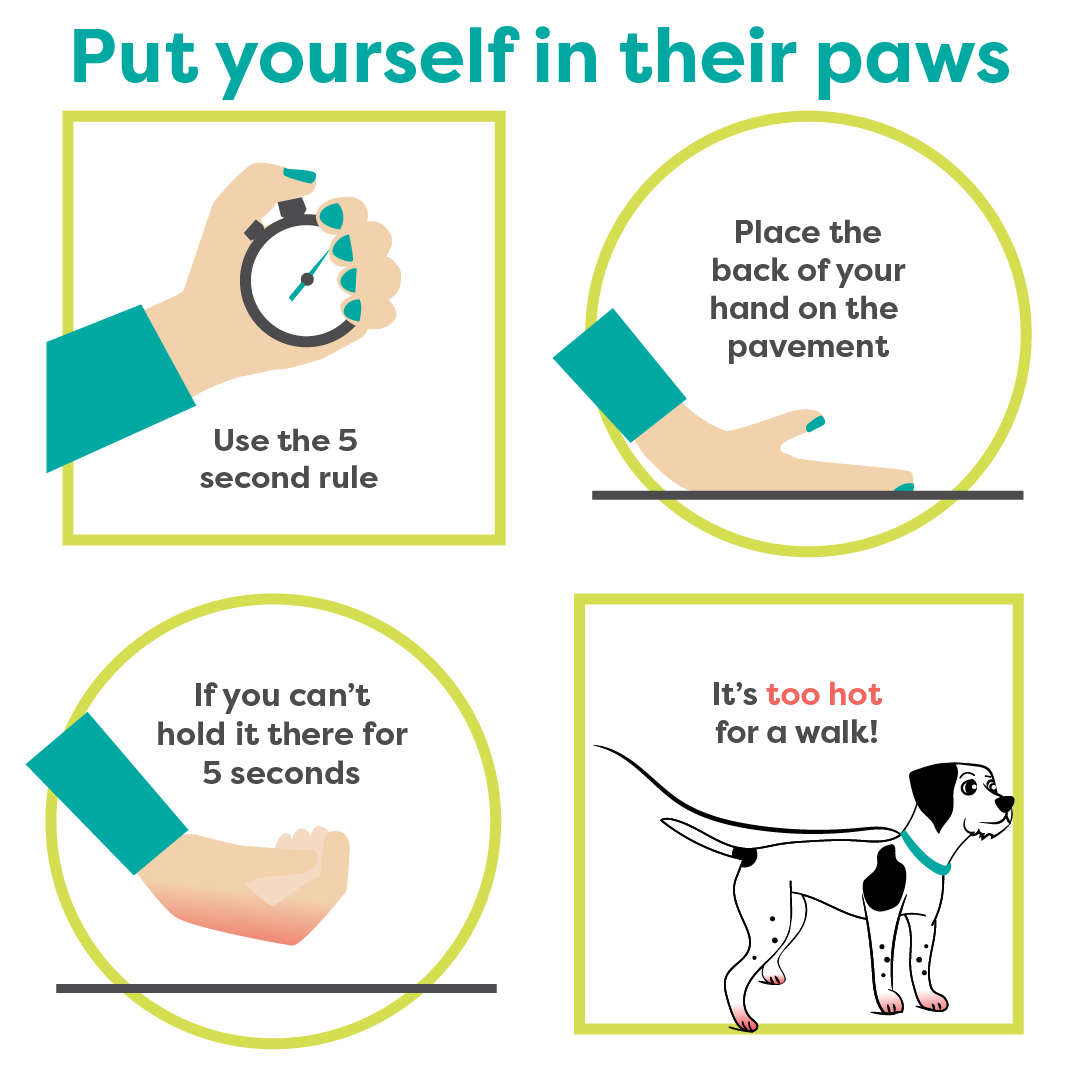

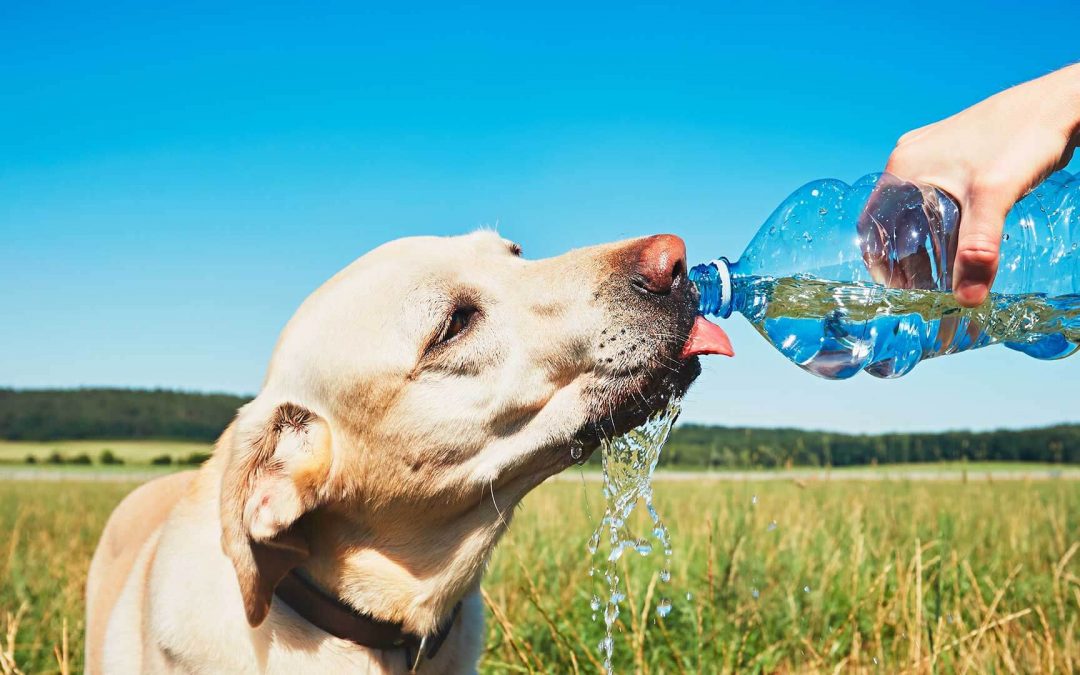
Recent Comments